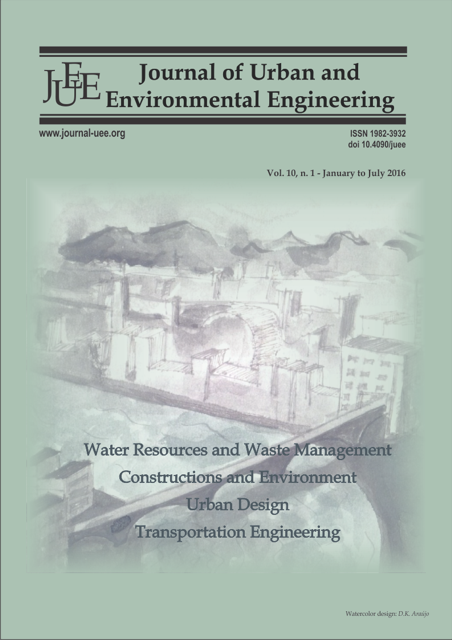MULTI-OBJECTIVE LAND USE OPTIMIZATION THROUGH PARALLEL PARTICLE SWARM ALGORITHM: CASE STUDY BABOLDASHT DISTRICT OF ISFAHAN, IRAN
DOI:
https://doi.org/10.4090/juee.2016.v10n1.42-49Abstract
Land use planning seeks to divide land, the most valuable resource in the hands of planners, among different land types. During this process, various conflicting objectives are emerged which land use planners should prepare land use plans satisfying these objectives and deal with a large set of data and variable. For this reason, land use allocation is a multi-objective NP-hard optimization problem which is not solvable by the current exact methods. Therefore, solving land use optimization problem relies on the application of meta-heuristics. In this paper, a novel meta-heuristic named parallel particle swarm is developed to allocate seven land types (residential, commercial, cultural, educational, medical, sportive and green space) to Baboldasht district of Isfahan covered by 200 allocation cells with size 1000 m2 for maximizing compactness, compatibility and suitability objective functions. Afterwards, the outputs of the new developed algorithm are compared to the outputs of genetic algorithm. The results demonstrated that the parallel particle swarm is better than genetic algorithm in terms of both solution quality (1.35%) and algorithm efficiency (63.7%). The results also showed that the outputs achieved by both algorithms are better than the current state of land use distribution. Thus, the method represented in this paper can be used as a useful tool in the hands of urban planners and decision makers, and supports the land use planning process.Downloads
Download data is not yet available.
Downloads
Published
2016-08-23
Issue
Section
Articles




